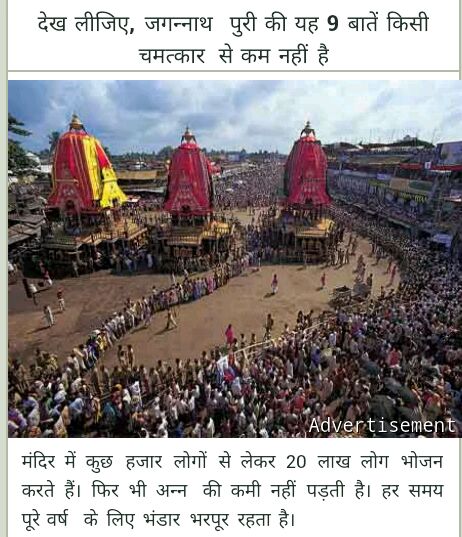DEVSHAYAN AND CHATURMAAS (27 JUL-22 NOV 2015) When Vishnu and male energies are in samadhi and the female energies of the cosmos reign supreme.
 The 11th day of the bright half of Ashadh is known as Padma Ekadashi (more commonly known as Devshayani Ekadashi). It is the beginning of Chaturmaas (“chatur” means four and “maas” means months), the four auspicious monsoon months which are full of festivals and celebrations. In these four months the atmosphere is heavy with moisture and is a time for the downpour of cool rain. These four monsoon months in the Hindu calendar are Ashadh, Shravan, Bhadarpada and Ashvin.
The 11th day of the bright half of Ashadh is known as Padma Ekadashi (more commonly known as Devshayani Ekadashi). It is the beginning of Chaturmaas (“chatur” means four and “maas” means months), the four auspicious monsoon months which are full of festivals and celebrations. In these four months the atmosphere is heavy with moisture and is a time for the downpour of cool rain. These four monsoon months in the Hindu calendar are Ashadh, Shravan, Bhadarpada and Ashvin. According to the Purans, from this day onwards Lord Vishnu takes rest in Ksheer Sagar (ocean). So, naturally all the oceans, rivers and ponds are believed to attain divinity due to the presence of Lord Vishnu in Ksheer Sagar during this period. This is one of the main reasons why great importance is given to taking holy bath during this period. A devotee who observes severe austerities and penance related with God during these four months becomes absolved of all sins and bestows indescribable virtues.
Chaturmas, inauspicious for weddings and other celebrations,[5] is a suitable time for householders to have an annual renewal of faith by listening to discourses on dharma, and by meditation and vrata (self-control). Penance, austerities, religious observances, recital of mantras, bathing in holy rivers, performing sacrifices, and charity are prescribed. Fasts and purity during this period help maintain health,[4] for which there is likely a scientific rationale, disease spreading more readily with the onset of monsoon.[citation needed]
A number of Hindus, particularly those following the Vaishnav tradition, refrain from eating onions and garlic during this period. In Maharashtra, a number of Hindu families also do not eat any egg plant (Brinjal / Aubergene) preparations.





